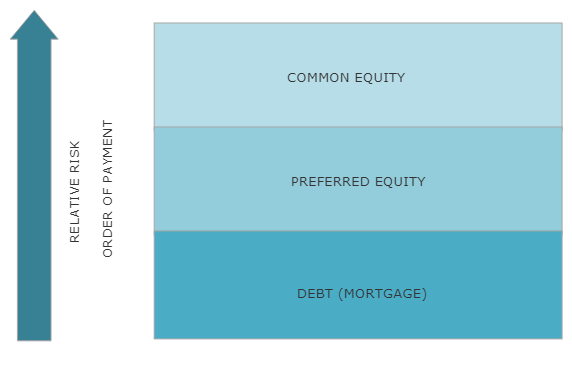Viruses and Economic Impact
Much like SARS in 2003, the coronavirus outbreak may have a general impact on world economic markets. However, it is unlikely to have an significant or immediate effect on U.S. capital markets or U.S. commercial real estate.
An NIH study on the economic impacts of the SARS outbreak, recently cited in an article by the New York Times, estimated that SARS cost about $500 billion in lost wages and mortality costs. Another study speculated that the potential long-term financial impact of world health events will cost the global economy $6 trillion in this century.
Consumer Spending
In general, equities markets were unaffected by the SARS outbreak in 2003, although consumer spending took a hit as potential buyers of luxury goods in China stayed away from malls and other public places to avoid exposure. Naturally, the stock price of luxury brands with exposure to China fell.
A similar effect can now be seen in Hong Kong, although it is difficult to tell whether consumer spending is down because of recent protests or from the health scare. Ancecdotal reports from our clients in Hong Kong confirm foot traffic at shopping centers has been greatly reduced. Especially during Chinese New Year, with large numbers of tourists and travel to and from China, coronavirus has stfiled consumer spending during one of the busiest times of the retail year.
Effect on U.S. CRE
We do not believe the coronavirus outbreak will have a noticeable impact on capital markets or investment in US CRE. Several weeks ago, Beijing again tightened restrictions on cash exiting leaving the China, as it does periodically, reducing Chinese inbound investment. Following the restrictions, Chinese investment fell sharply.
With a significant amount of undeployed capital currently held back by private equity, a general lack of good inventory priced to market right now, and reluctance by investors to deploy capital in what is perceivedas a softening market, we do not expect coronavirus will be to blame for the current state of U.S. CRE markets.
Finally, given the relative lack of liquidity when compared to equities, commercial real estate should be less susceptible to short-term investment swings caused by single events.


